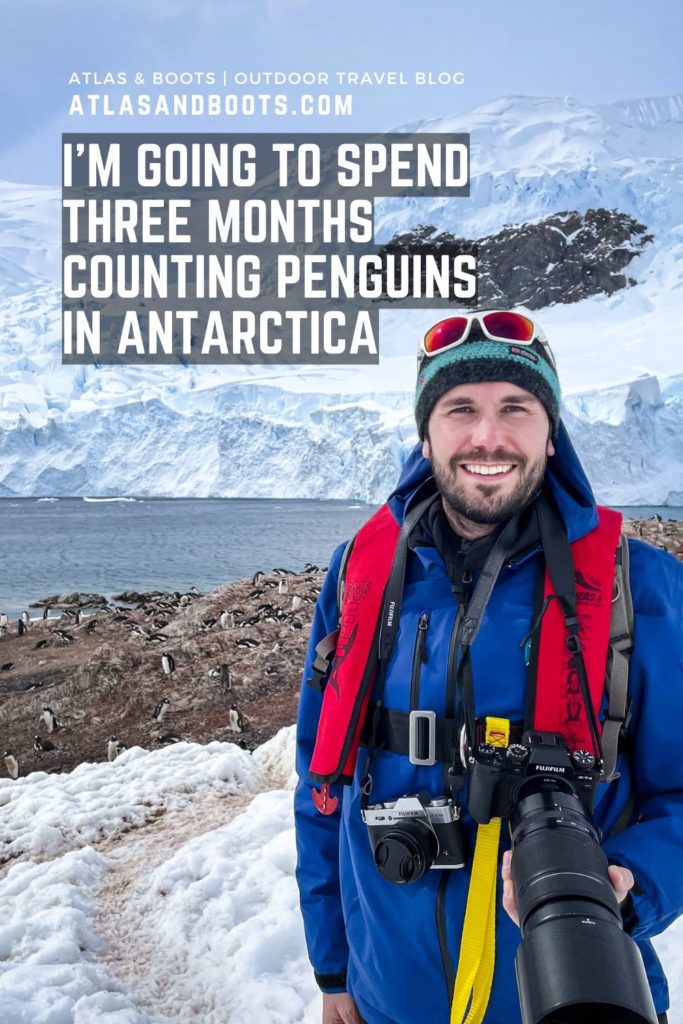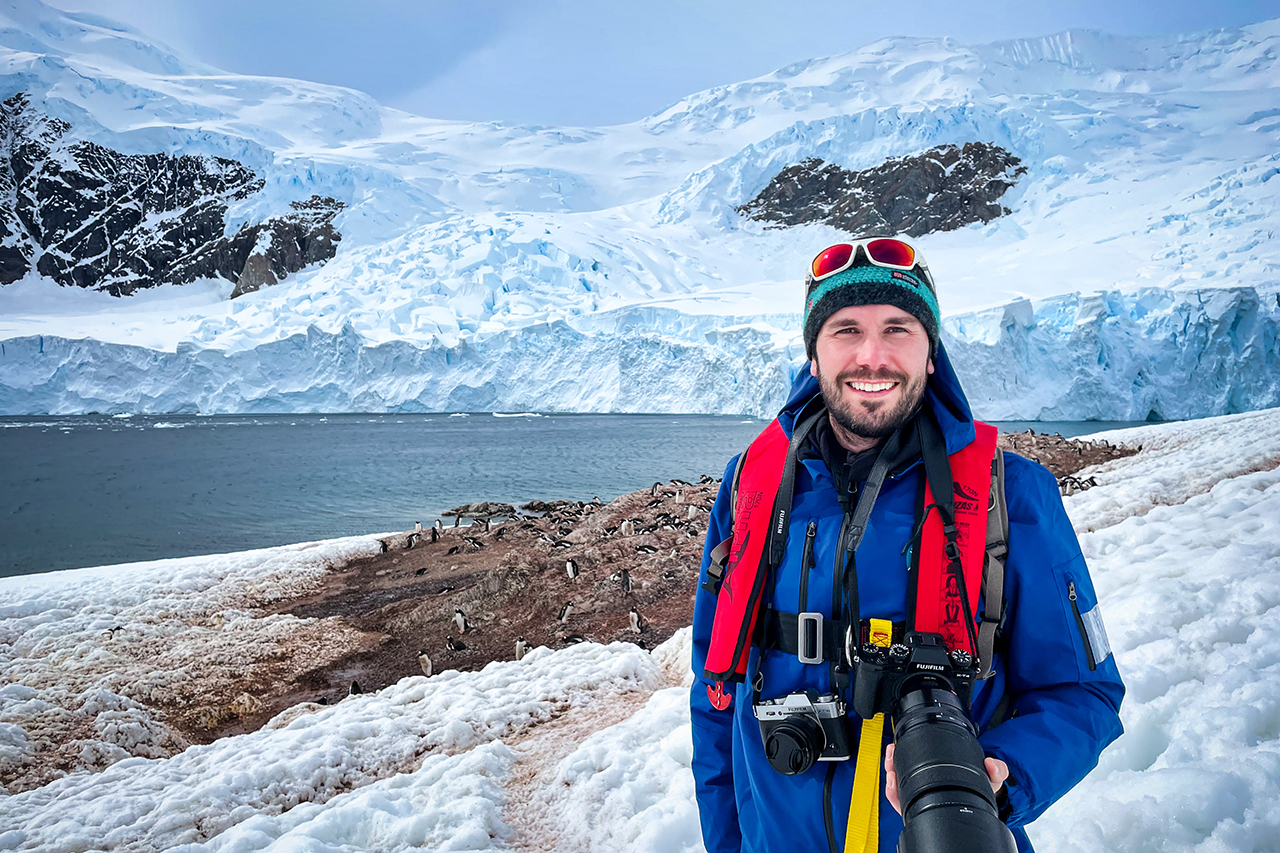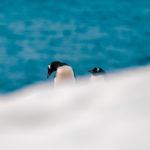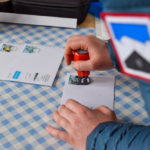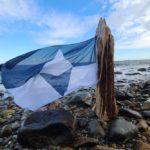Peter will spend three months in Antarctica working as a wildlife monitor at Port Lockroy, home to the world’s southernmost post office
For those of you who have been following the blog for a while, you may recall that in 2023, I secured a coveted job at the UK Antarctic Heritage Trust (UKAHT), a charity responsible for preserving British heritage sites in Antarctica.
Every year, UKAHT sends a small team to Port Lockroy to run the world’s southernmost post office and a museum that serves as a time capsule of early polar science.
I actually applied to work at Port Lockroy in 2022. My timing couldn’t have been worse. Post-pandemic, the charity received a record number of applications – over 6,000 – and I wasn’t one of the lucky ones. However, six months later, on the way back from a month-long sojourn in Central America, I spot an Instagram post for a job vacancy: Communications Officer at the UK Antarctic Heritage Trust.
I hastily applied and, a few weeks later, started working for the Trust where I combine several of my passions: writing articles, editing photography and researching stories of the explorers, scientists and conservationists who have braved one of the most challenging environments on Earth. After visiting Antarctica in 2022, working at the Trust has proved to be a dream job.
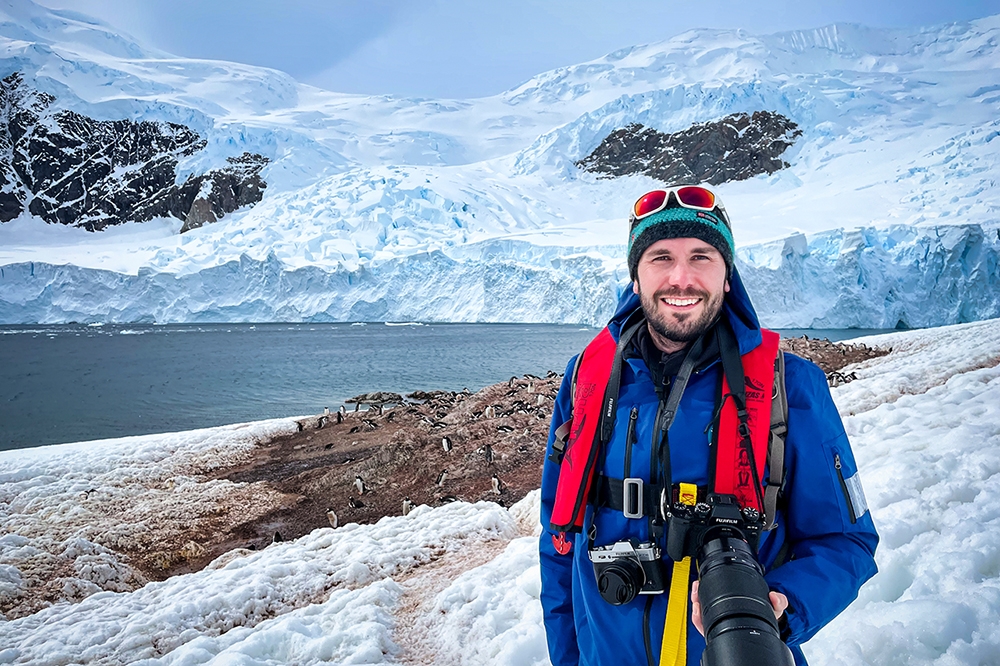
This year, I’ll be joining the Port Lockroy team in Antarctica for three months during the austral summer. My job? Wildlife monitor – which involves counting penguins on the tiny football-pitch-sized Goudier Island on the Antarctic Peninsula, 9,000 miles away from my home in London.
Three years after applying to work at Port Lockroy, I’ve found myself doing just that. I will be spending Christmas, New Year and my birthday in Antarctica. Sometimes, life just finds a way of working itself out in the end.
Will I really be counting penguins in Antarctica?
I will be heading to Antarctica in December to spend three months living and working at Port Lockroy. I expect to be home in March 2026. My official role while at Port Lockroy will be wildlife monitor, which – believe it or not – essentially involves counting penguins!
As the wildlife monitor, I will count and monitor the island’s colony of around 1,000 gentoo penguins, which is part of a long-term study of the breeding success of the colony and offers insights into the impacts of a warming climate.
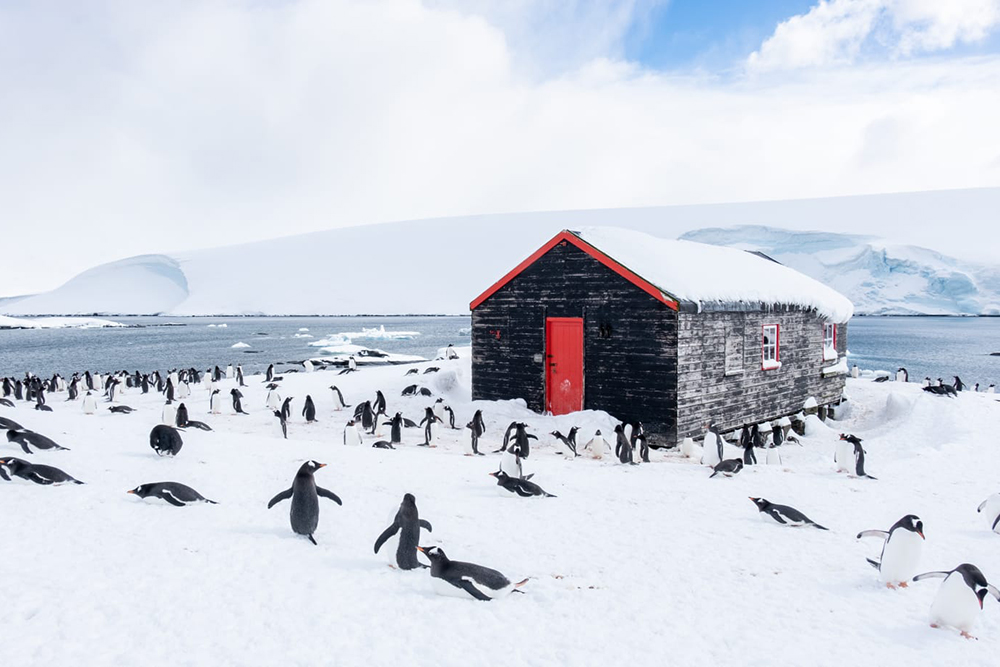
Working with the other members of this year’s Port Lockroy team of seven, I will also spend the season welcoming visitors to this tiny spot on the world map. Now a historic site and museum, and home to the world’s most remote post office, the site is completed by a small gift shop where visitors can buy souvenirs with their purchases directly supporting the trust’s important work in heritage conservation in one of the most challenging environments on the planet.
A replica historic Nissen hut completes the site and serves as a bunkhouse for our small team during the austral summer. The site has no running water, flushing toilet or mains electricity, and I’ll be working in sub-zero temperatures and 24-hour daylight.
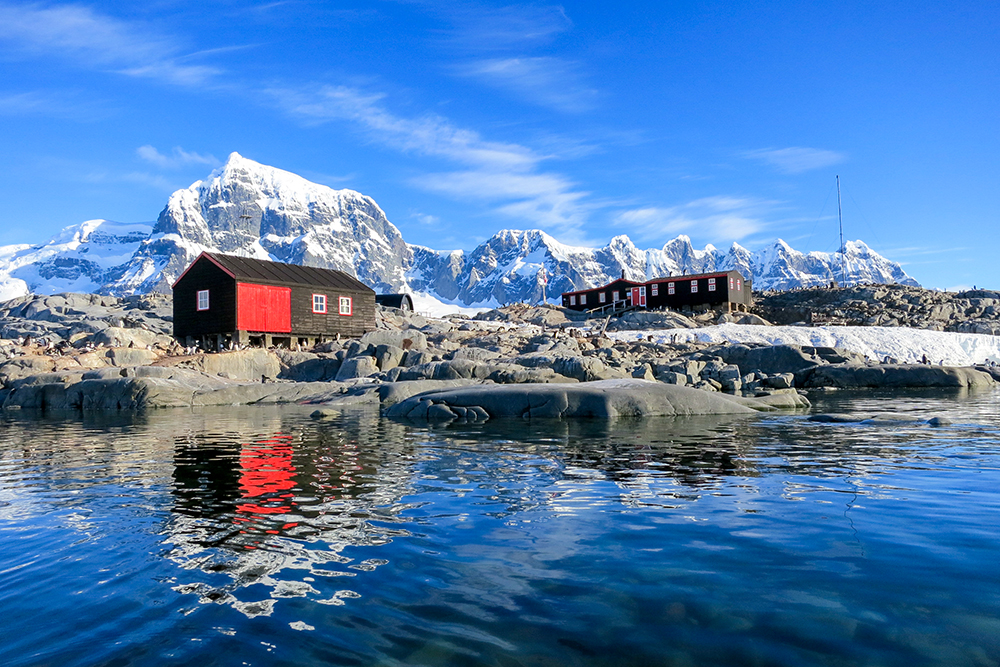
Finally, a large part of my role will be content collection. I’ll be writing weekly reports on the Trust’s blog and posting regularly across their social media channels. Naturally, Atlas & Boots may be a bit quieter while I’m away, so please subscribe to UKAHT’s newsletter to keep abreast of all my latest news.
What is Port Lockroy?
Port Lockroy has been known as a safe anchorage following its use by the whaling fleets of the early 20th century. For this reason, in 1944, it was selected as the site for Base A – the first continuously occupied British base in Antarctica as part of the secret wartime mission, Operation Tabarin.
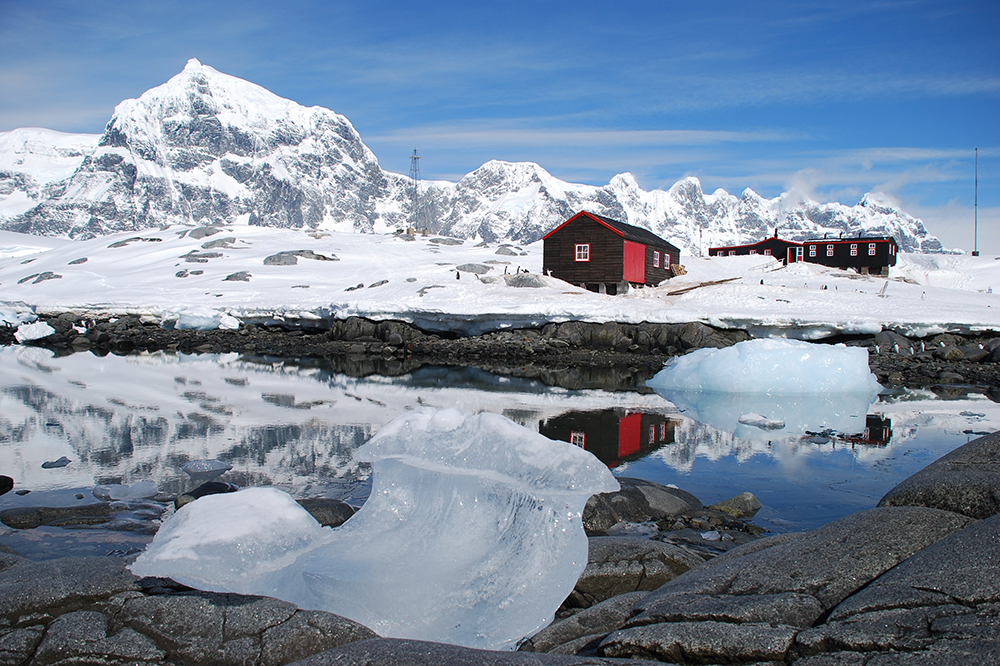
Over the ensuing years, Port Lockroy witnessed the birth of British Antarctic science while it operated as an atmospheric research base until 1962. Abandoned for three decades, Port Lockroy was restored in 1996 with support from UKAHT, who then took over full management of the site in 2006. Since then, it has been welcoming visitors to the museum and the world’s southernmost post office while capturing important data on our resident gentoo colony.
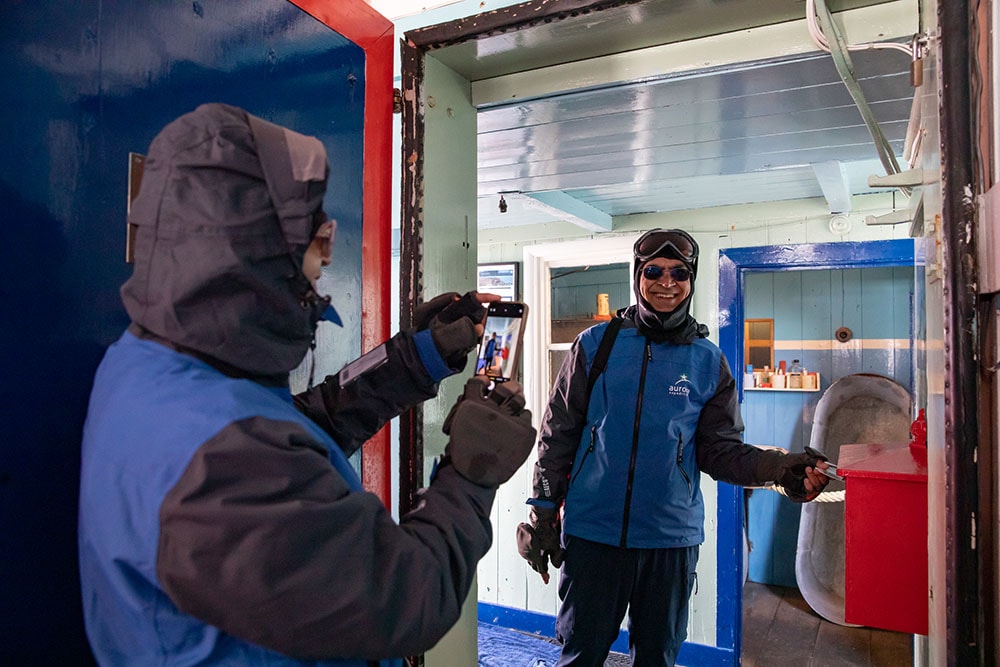
Every year, UKAHT sends a small team to Port Lockroy to operate the world’s southernmost post office and a museum that serves as a time capsule of early polar science. The team also monitors the local gentoo penguin colony and carries out challenging conservation work on some of the most remote historic buildings on Earth.
Who are the UK Antarctic Heritage Trust?
UKAHT protects and preserves sites and artefacts of international significance across the Antarctic Peninsula. Their work centres on six historic bases along the Antarctic Peninsula, with each site telling a unique story of discovery and scientific exploration.
These sites, which were built between the 1940s and 1970s, are the missing link between the Heroic Era structures of Scott and Shackleton and the modern-day scientific stations such as Halley and Rothera, operated by the British Antarctic Survey.
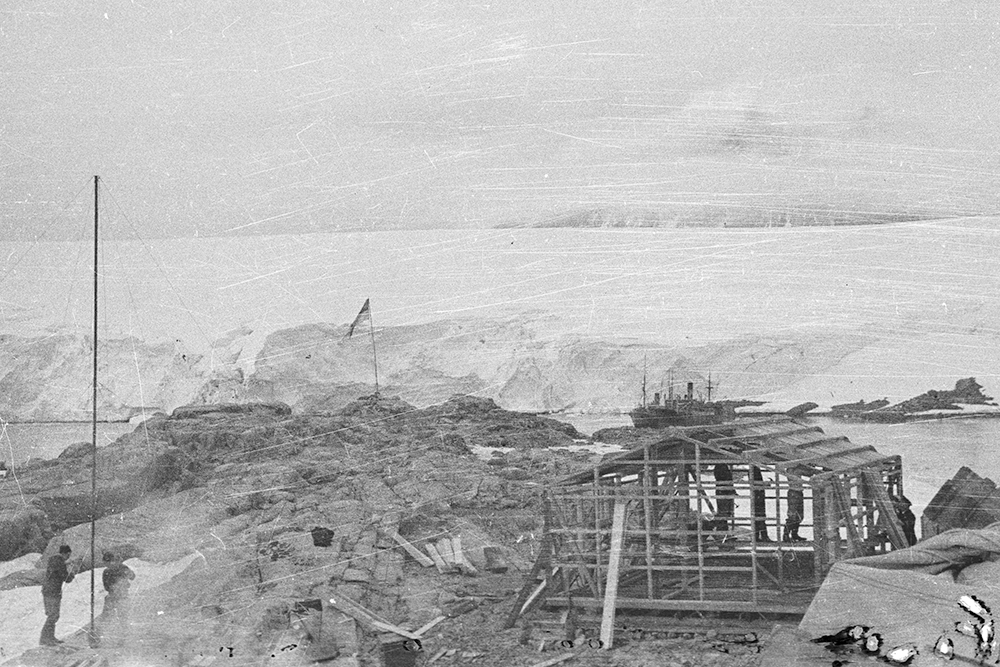
These iconic structures were left empty for several decades until the establishment of UKAHT in 1993. Since then, they have worked to conserve and care for these sites to make them safe, secure and accessible for visitors from around the world.
This season sees the Trust embark on one of its most significant conservation works at Port Lockroy since 1996, spanning three seasons. Major structural repairs are planned for Bransfield House, which houses the museum, to address issues caused by increased snow loading and moisture.
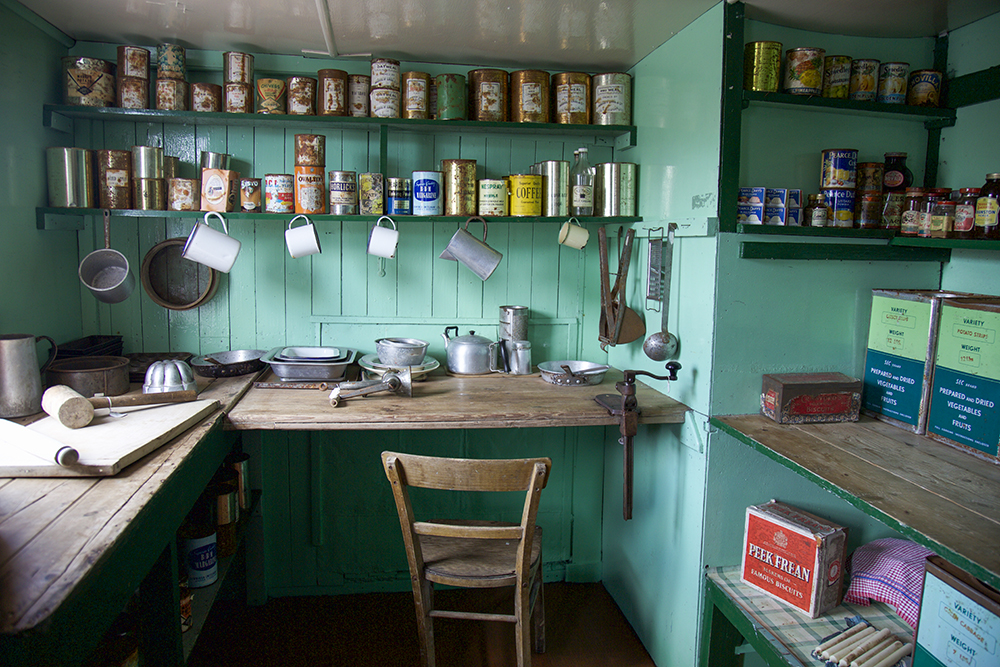
Climate change mitigation efforts include adding drips to roofs and windows and replacing all windows in the generator shed. The three-year conservation plan begins this season with the team working to stabilise the structure. Year two will see major structural repairs, and in the final year, artefacts will be reinstated and the final repairs completed.
Enjoyed this post? pin it for later…
